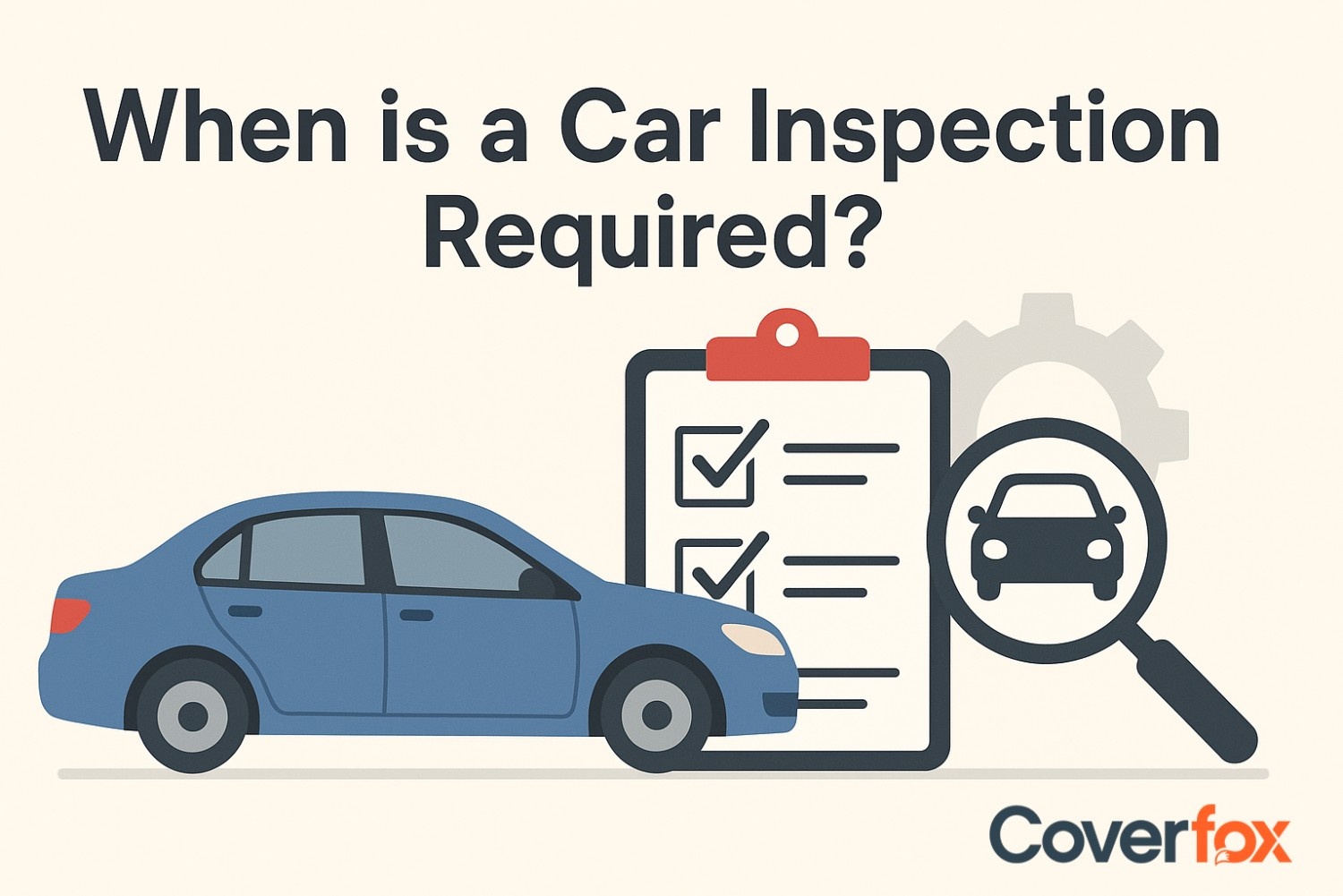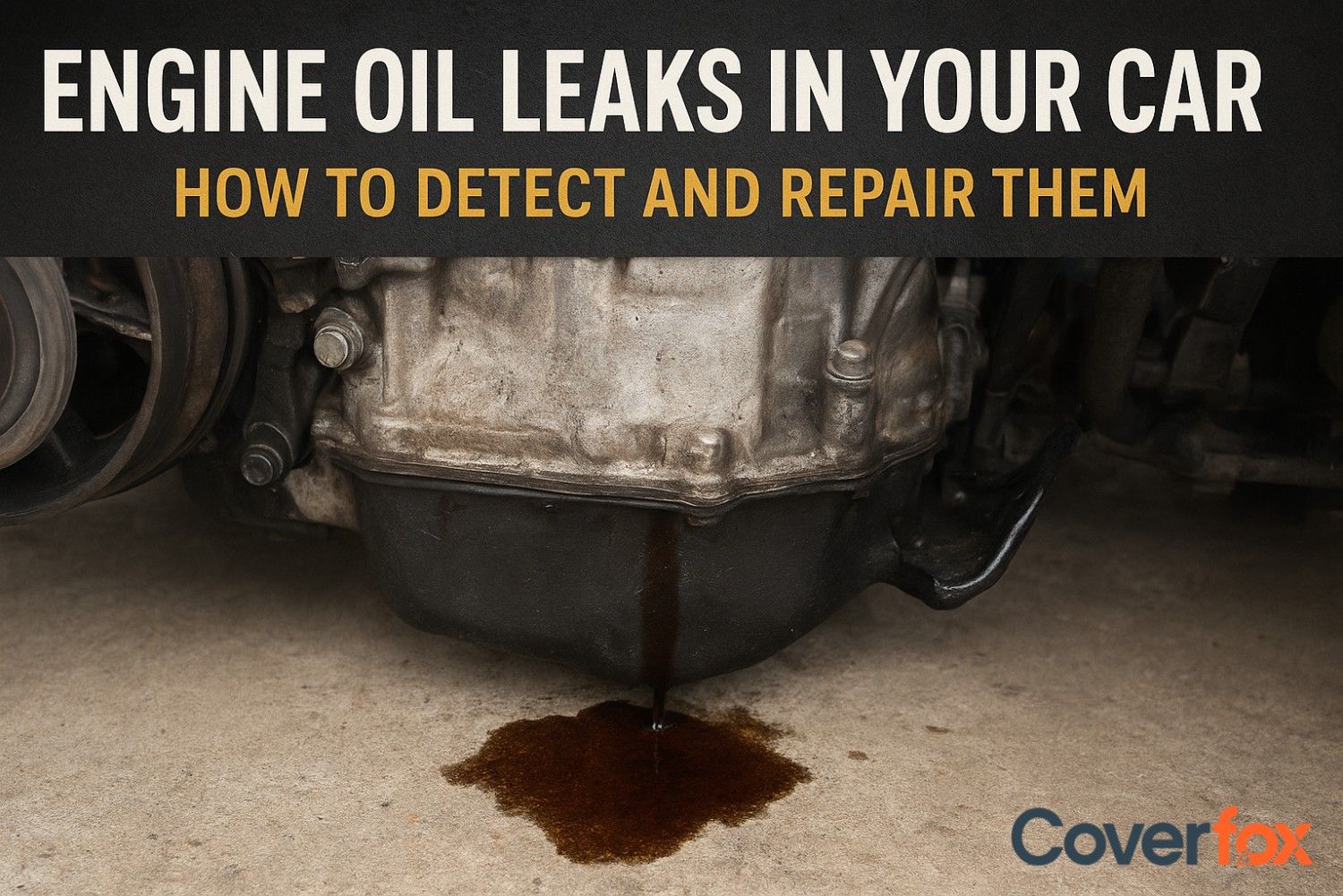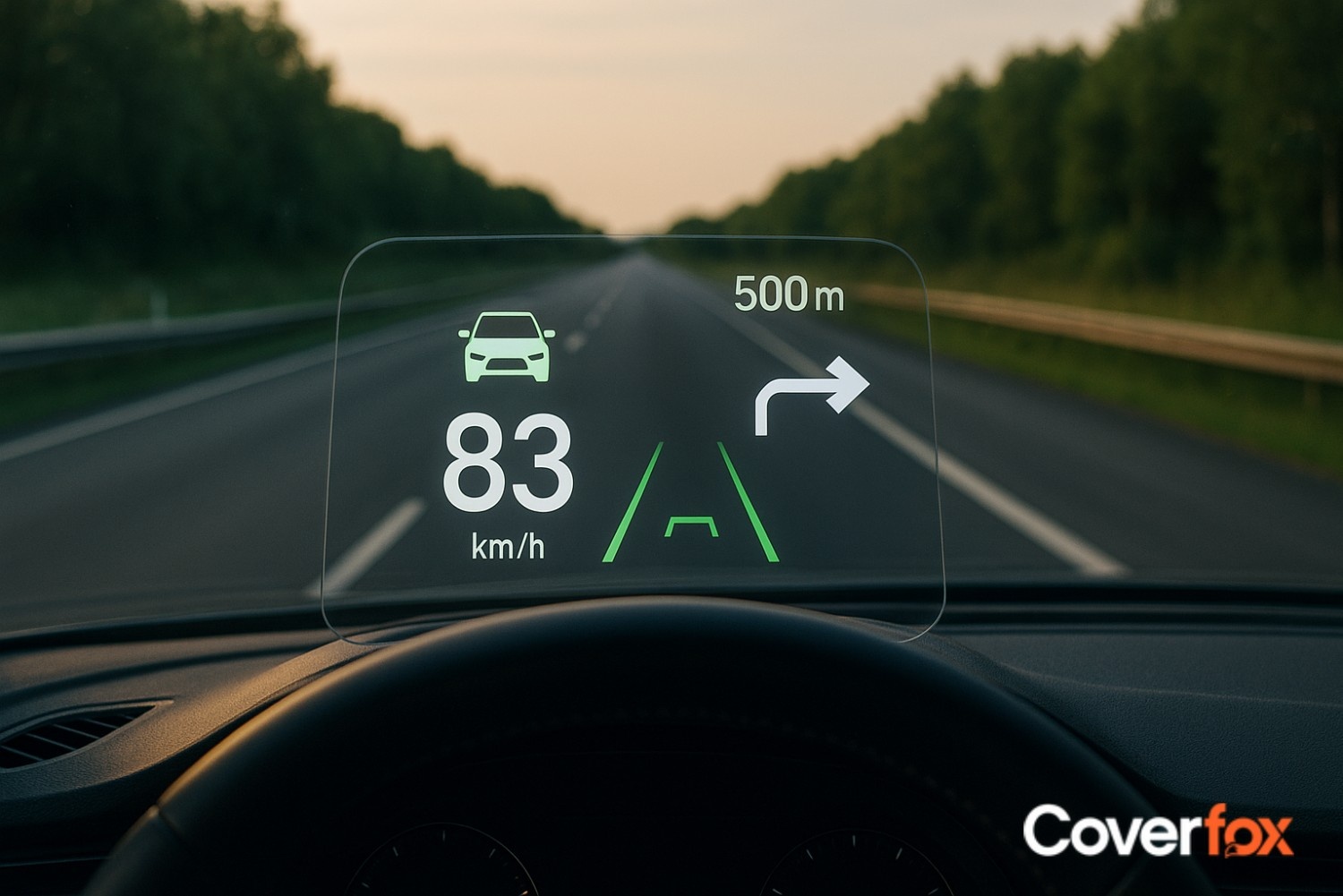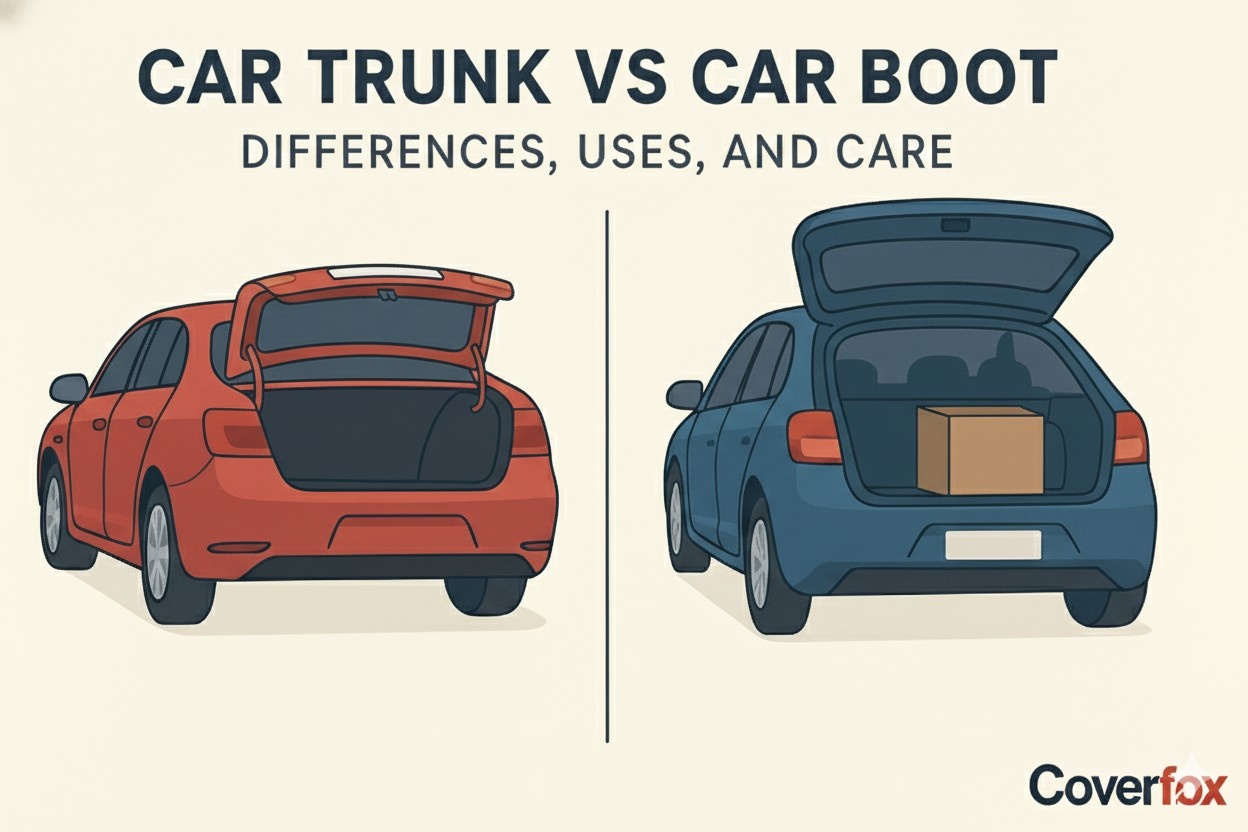The camshaft is a crucial engine component that controls the timing of intake and exhaust valves, directly affecting power, efficiency, and emissions.
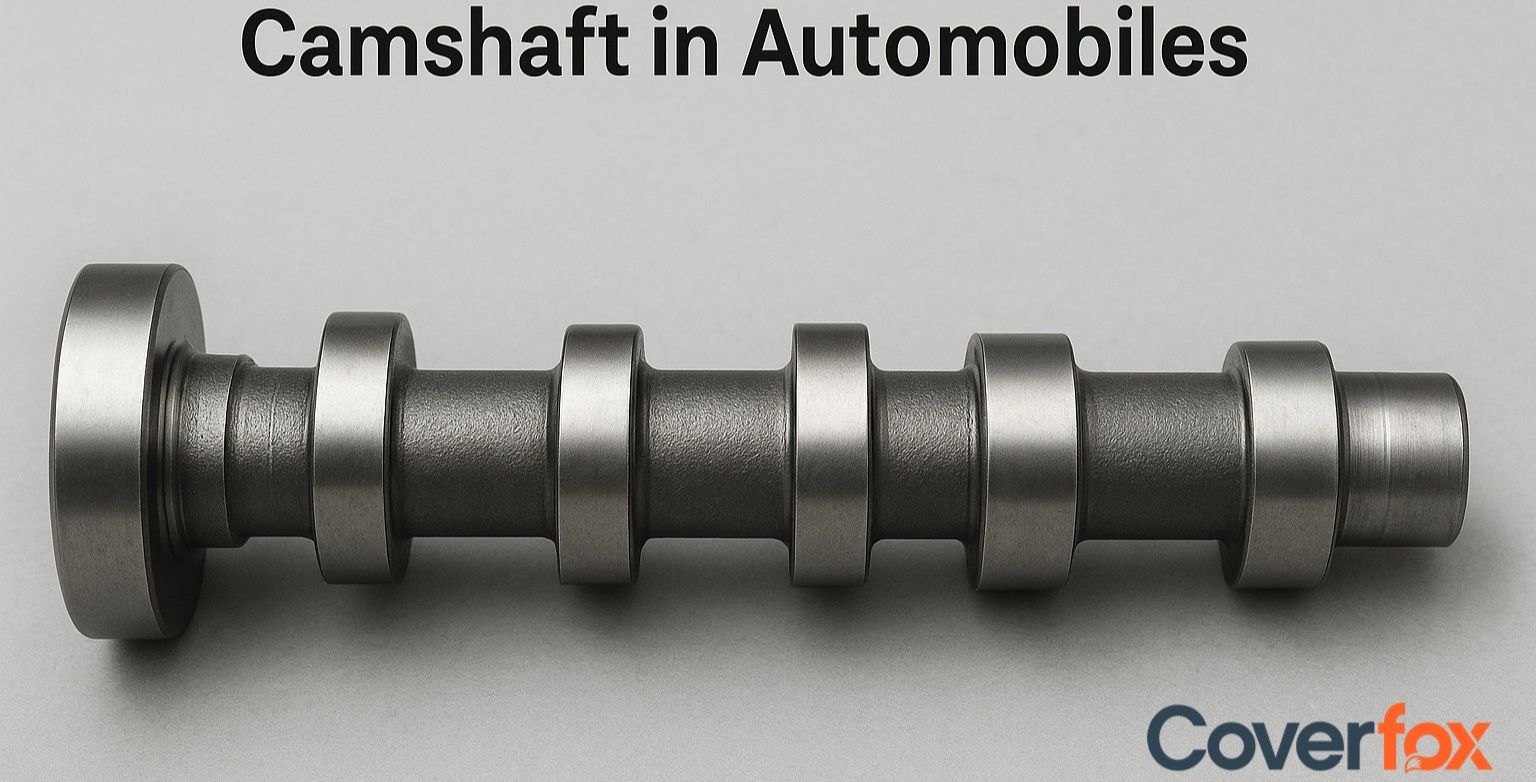
From early fixed mechanical cams in pushrod engines to modern overhead cam and VVT systems like VTEC and VVT‑i, camshafts have evolved to optimise performance across all automobiles. Proper valve timing ensures smooth engine operation, better fuel economy, and improved drivability, making the camshaft central to both historical and modern internal combustion engines. So, let us delve deep into what a camshaft is inside your vehicle’s engine.
What is a Camshaft?
A camshaft is a rotating engine component with lobes that control the opening and closing of intake and exhaust valves. Unlike the crankshaft, which converts piston motion into rotation, the camshaft precisely manages valve timing, often via a timing belt or chain. It plays a critical role in both petrol and diesel engines, ensuring optimal airflow, combustion, and overall engine efficiency.
How Does a Camshaft Work?
The camshaft works by converting rotational motion into precise valve movements, controlling when intake and exhaust valves open and close. Here’s how it works:
Connection with Crankshaft
Rotation Mechanism & Cam Lobes
Valve Opening & Closing Sequence
Timing Angle & Synchronisation
Performance Tuning
Connected via a timing belt, chain, or gears to synchronise valve motion with piston movement.
As the camshaft rotates, cam lobes push against lifters or rocker arms to open the valves; springs close them afterwards.
Valves open and close at precise intervals to optimise air-fuel intake and exhaust gas expulsion.
Timing angles are set to match piston positions; correct synchronisation maximises efficiency and smooth engine operation.
Aggressive cam profiles enhance high-speed power, while milder profiles improve low-end torque and drivability.
Types of Camshafts
Camshafts are designed in different configurations to suit varying engine types and vehicle requirements, from compact city cars to high-performance sports vehicles. They control valve operation, affecting engine efficiency, power, and emissions. The choice of camshaft depends on factors like engine size, RPM range, and intended use, with different types offering trade-offs between complexity, performance, and cost.
Single Overhead Camshaft (SOHC)
Double Overhead Camshaft (DOHC)
Pushrod (OHV) Camshaft
Variable Valve Timing (VVT / VVT-i / VTEC / VANOS) Systems
Used in many modern petrol and diesel engines, SOHC engines have one camshaft per cylinder group controlling both intake and exhaust valves. They offer a balance of simplicity, efficiency, and moderate performance, commonly found in sedans and small SUVs.
Featuring two camshafts per cylinder bank—one for intake valves and one for exhaust—DOHC engines allow higher RPMs, multiple valves per cylinder, and better airflow. These are widely used in performance cars and high-output engines for improved power and efficiency.
Found in older engines and many trucks, the camshaft is located within the engine block and uses pushrods to operate overhead valves. OHV designs are compact, robust, and provide good low-end torque, making them ideal for heavy-duty and utility vehicles.
Modern camshafts often feature variable timing, adjusting valve opening and closing dynamically based on engine speed and load. Systems like Honda VTEC, Toyota VVT-i, and BMW VANOS optimise fuel efficiency at low speeds while boosting high-speed power, offering a versatile solution for both petrol and diesel engines.
Materials and Construction of Camshafts
Camshafts are built to withstand high stress, heat, and friction while maintaining precise valve timing. Their materials and construction methods play a key role in ensuring strength, durability, and performance.
Common Materials
Manufacturing Processes
Surface Treatment
Most camshafts are made from cast iron, which offers good wear resistance at a low cost. Billet steel is used for high-performance engines due to its superior strength, while chilled iron provides a hard, wear-resistant surface ideal for long engine life.
Camshafts are typically produced through casting (for mass production), forging (for strength and durability), or machining (for precision and custom performance engines). Each process is chosen based on the engine’s design and performance needs.
To reduce friction and enhance lifespan, camshafts undergo treatments like nitriding, carburising, or induction hardening. These processes improve surface hardness and ensure the camshaft performs reliably under continuous mechanical stress.
Advantages of Camshaft Optimisation
Camshafts are an essential component of the engine, just like crank shafts and their advantages are.
Improved Power and Fuel Efficiency
Enhanced Emission Control
Better Engine Responsiveness
Custom Tuning for Performance or Economy
Optimised valve timing allows better air-fuel mixture intake and exhaust flow, resulting in increased engine power and improved fuel economy.
By ensuring complete combustion, camshaft optimisation helps reduce unburnt fuel and harmful emissions, supporting cleaner engine operation.
Adjusting valve operation enhances throttle response and ensures smoother power delivery, especially during acceleration.
Camshaft profiles can be tuned to prioritise high-speed power for performance vehicles or fuel efficiency for everyday driving.
Disadvantages / Limitations of Camshafts
While camshaft optimisation improves performance, it also brings challenges related to cost, complexity, and maintenance. These limitations vary depending on whether the system is fixed or variable:
Wear and Maintenance Requirements
Complex Timing Setup
Limited Flexibility in Fixed Cam Systems
Higher Cost for Variable Systems
Continuous friction between cam lobes and valve components causes wear over time, requiring regular maintenance.
Precise alignment between the camshaft and crankshaft is essential; any misalignment can lead to poor engine performance or damage.
Conventional camshafts with fixed timing cannot adapt to different speeds and loads, reducing efficiency under varying conditions.
Advanced systems like VVT, VVT-i, or VTEC offer flexibility but are costlier to produce, repair, and maintain due to their complex mechanisms.
Camshaft vs Crankshaft - Key Differences
The camshaft and crankshaft are two essential engine components that perform different functions but work together to ensure smooth engine operation.
| Aspect | Camshaft | Crankshaft |
|---|---|---|
| Primary Function | Controls the opening and closing of intake and exhaust valves. | Converts the pistons’ linear motion into rotational motion to drive the vehicle. |
| Location | Located in the cylinder head (OHC/DOHC) or engine block (pushrod/OHV). | Located in the engine block at the bottom of the cylinders. |
| Rotation Speed | Rotates at half the speed of the crankshaft in a 4-stroke engine. | Rotates at full engine speed and drives the camshaft via a timing belt, chain, or gears. |
| Impact on Engine | Affects valve timing, engine breathing, and overall efficiency. | Directly impacts power delivery and mechanical output to the drivetrain. |
| Design Variations | SOHC, DOHC, Pushrod, Variable Valve Timing systems. | Generally a single forged or cast component with counterweights; minimal variations. |
| Maintenance | Requires timing alignment and periodic inspection for wear. | Requires lubrication; usually more durable and long-lasting. |
Modern Innovations in Camshaft Technology
Recent advancements in camshaft technology have improved engine efficiency, performance, and adaptability across petrol, diesel, and hybrid vehicles.
Variable Valve Timing and Lift Systems
Camless (Electronic Actuator) Valve Systems
Lightweight and Composite Camshafts for Efficiency
Integration with Hybrid and Turbocharged Engines
Adjust valve timing and lift dynamically to optimise power, fuel efficiency, and emissions at different engine speeds.
Replace traditional camshafts with electronic actuators for precise valve control and faster response.
Use lighter materials to reduce engine weight and rotational inertia, improving fuel economy and performance.
Optimised camshaft designs enhance airflow and efficiency, complementing forced induction and electric-assist systems.
Maintenance & Care Tips for Camshaft in Automobiles
Proper care of camshafts can prevent costly repairs and avoid issues related to timing and engine efficiency.
Regular Oil Changes and Lubrication
Checking for Wear, Scoring, or Lobe Damage
Timing Belt/Chain Inspection and Replacement Intervals
Symptoms of a Faulty Camshaft
Insurance Insight
Use recommended engine oil and change it at regular intervals to ensure proper lubrication of cam lobes and lifters, reducing friction and wear.
Periodically inspect the camshaft for signs of wear, pitting, or lobe flattening, which can affect valve timing and engine performance.
Ensure the timing belt or chain connecting the camshaft to the crankshaft is in good condition and replaced as per manufacturer recommendations to prevent misalignment or engine damage.
Watch for rough idling, unusual engine noise (ticking or knocking), and power loss, which can indicate camshaft or timing-related issues requiring immediate attention.
Standard two wheeler insurance and four wheeler insurance policies generally do not cover routine maintenance or wear-related repairs of components like the camshaft. Coverage is typically limited to damages caused by accidents, fire, theft, or other insured events.
For added protection, some insurers offer engine protection add-ons or mechanical breakdown coverage, which may cover camshaft repairs or failures in certain scenarios. Vehicle owners should carefully review their policy documents to understand the extent of coverage and consider these add-ons if they want protection against costly mechanical issues.
Conclusion
The camshaft is truly the “heartbeat of valve timing,” orchestrating precise intake and exhaust movements. Its role is vital for engine performance, fuel efficiency, and emission control, making it a key component in both traditional and modern engines. Proper maintenance and understanding of camshaft technology ensure longevity, reliability, and optimal driving experience.
Related Article:
Frequently Asked Questions on Camshaft
What is the main function of a camshaft?
The camshaft controls the opening and closing of intake and exhaust valves, ensuring proper airflow, combustion, and engine performance.
What happens if a camshaft fails?
Camshaft failure can cause rough idling, power loss, unusual engine noise, misfiring, and in severe cases, complete engine damage.
How much does it cost to replace a camshaft?
Replacement costs vary by vehicle and camshaft type, typically ranging from ₹10,000 to ₹50,000, including parts and labour.
How does a DOHC engine differ from SOHC?
A DOHC engine has two camshafts per cylinder bank (one for intake, one for exhaust) allowing higher RPMs and multiple valves per cylinder, while SOHC has a single camshaft controlling both intake and exhaust valves.
What is camshaft timing?
Camshaft timing refers to the precise coordination of valve opening and closing relative to the pistons’ positions, crucial for efficient combustion.
Can a camshaft be repaired or must it be replaced?
Minor wear can sometimes be repaired by resurfacing or regrinding, but severe damage usually requires full replacement.
How long does a camshaft last?
With proper maintenance and regular oil changes, a camshaft can last over 150,000–200,000 km, though high-performance engines may experience faster wear.
